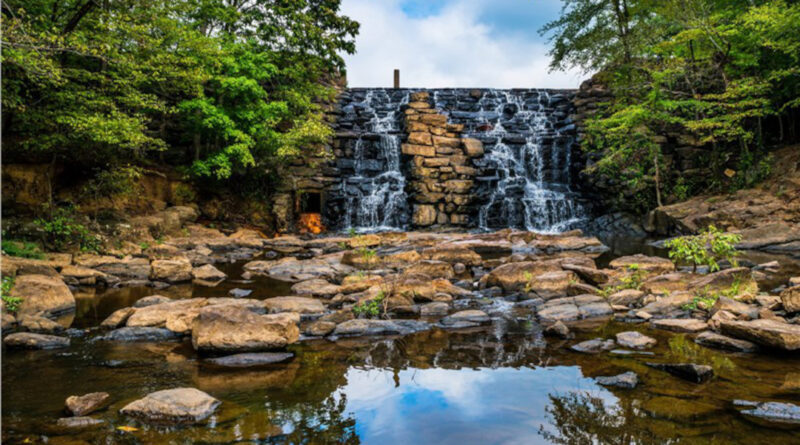History of Hoover Alabama
Hoover, Alabama has a rich and interesting history dating back to the early 19th century. The city is located in Jefferson and Shelby counties just south of Birmingham. Hoover was originally called Hoover’s Gap, named after William Hoover who owned land in the area in the 1810s.
In 1819, Hoover built a road through the gap connecting Nashville and Birmingham. This brought more settlers to the region. In the 1870s, a community called Hoover’s Valley developed around a cotton mill next to the Little Cahaba River. The cotton mill fueled growth in the area, bringing jobs and economic activity.
In 1917, the city of Birmingham purchased land and built the Birmingham Municipal Airport, which brought more commerce and transportation options. In the 1950s, the city began annexing unincorporated land around the airport for expansion. Real estate developer Charles Byrd envisioned turning the farmland into a planned suburban community. This kicked off a period of massive growth and development.
By the 1960s, more than 130 residential neighborhoods had been constructed in the area as middle class families moved from Birmingham to the suburbs. In 1967, the residents voted to incorporate as the city of Hoover. The population continued expanding rapidly from just over 3,000 in 1970 to over 62,000 by 2000.
Today, Hoover is a bustling suburban city and a major economic center in the Birmingham metro area. It has large shopping complexes like the Riverchase Galleria, office parks, sports complexes, excellent schools, and residential neighborhoods. The population is over 85,000 as of 2016.
While suburban sprawl has transformed its landscape, Hoover has maintained its historic sites and structures. The Bluff Park Historic District contains craftsman homes from the 1920s, the Old Hoover Jail is a local landmark, and the Hoover Historical Society preserves the history. Vestiges of the past like the old rock gymnasium and abandoned cotton mill housing remain.
Hoover’s proximity to Birmingham helped drive its growth over the last century from rural farmland into a thriving suburb. The airport, new roads, annexation, and real estate development all played roles in its population and economic boom since the 1960s. Today Hoover is a modern suburb closely linked to Birmingham but with a rich history of its own.
Discover more from City Towner
Subscribe to get the latest posts sent to your email.




